Fran Franczak became St Johnstone’s youngest ever player last season.
At 16 years and 38 days old when he was introduced as a late substitute against Hibs, he beat Vic Robertson’s record dating back to September 1976.
Franczak, who has just signed a new contract, was brought up in Perth after his parents moved to Scotland from Poland and the family – which includes big brother, Filipe, who was also on the books with Saints until recently – now live in Aberfeldy.
The pair of them would catch an early morning bus for training down the A9 every morning and built up a reputation for being first in and last out.
Highland Perthshire might not be a football hotbed – and other corners of the county will claim to be more significant in the overall history of St Johnstone.
But the links are strong.
Courier Sport explores the connection.
1 – The locals
The first St Johnstone player to have a genuine case to be picked for Scotland was a Pitlochry man.
A star of the Recreation Grounds era of the club before the turn of the 19th century, John Robertson was as versatile as anybody who followed him on the South Inch, at Muirton or McDiarmid.
He played centre-forward as well as across the backline, in midfield and on the wing.
Twice Robertson, who was also a star of the Highland Games scene, was invited to play a trial match in front of Scotland selectors.
On the first occasion he declined – opting to play for Saints in the Perthshire Cup final instead!
Paul Sturrock, another great Saint, this time for his managerial contribution to the club rather than as a player, was also brought up in Pitlochry.
He played for local teams Grandtully Vale and Vale of Atholl before being scouted by professional clubs (Saints opted not to sign him after a Muirton Park trial).
Sturrock enjoyed an illustrious one-club playing career with Dundee United, before being appointed as John McClelland’s replacement for his first management job.
He couldn’t keep Saints in the top flight but rebuilt a team, won a title and, after opting for a return to Tannadice, left a legacy.
Before he moved on, Sturrock signed (and sold) a striker from his old patch, Gavin Price.
Price had made a name for himself with Den Haag in the Netherlands but his spell with Saints didn’t even last a full season.
The Aberfeldy man, who has subsequently managed Jeanfield Swifts, Elgin City and Brechin City, is a pillar of the local community and was awarded an MBE for the work he did to get meals to elderly residents during the Covid-19 pandemic.
2 – The founding fathers
There are a few people who deserve mention when it comes to documenting the formation of St Johnstone as a football club.
Prominent among them is John Colbron, a young man who worked in a fishing tackle and accessories shop in Dunkeld.
While a member of the St Johnstone Cricket Club, Colbron suggested to fellow cricketers that they form a football team.
Whether the club’s history should be dated back to that starting point in 1884 or when the first game was played in 1885 is up for debate but the identity of the man who planted the soccer seed certainly isn’t.
Another founding father was Robert (Bob) Campbell.
Brought up in Killin, his family roots on his mother’s side were in Fortingall.
Campbell played for Saints but earned his status as one of the key figures in the club’s history, like Geoff Brown, as an administrator and custodian of broad vision and deep wisdom.
While serving in the roles of director, chairman and president he played an important part in professionalism, Scottish League status and a move to Muirton Park all coming to pass.
Campbell would go on to become the president of the SFA, presiding over the famous ‘Wembley Wizards’ triumph in 1928.
3 – The games
In what passes for St Johnstone’s first recognisable full season, 1885-86, their first draw was at home to Breadalbane.
According to a match report, the game was “spoiled by the one-sidedness of two of the officials”.
The more things change, the more they stay the same!
Lifting the Consolation Cup at Ibrox in 1911 was a big moment in St Johnstone’s advancement as a serious football club who would soon gain membership of the Scottish League.
Vale of Atholl were beaten 7-1 on their way to the final against Dumbarton.
By the early 1920s it was a mark of Saints’ burgeoning status that when they were drawn against the same opponent in the Perthshire Cup, the decision was taken by their officials to forfeit the tie.
They were happy to play Vale in the 1933 Dewar Shield, mind you, and won 7-3, with Jimmy Benson scoring four goals.
Saints won that competition for the first time in over two decades a few months later.
With most of the Highland Perthshire clubs either folding or dropping down into amateur football as St Johnstone prospered, trips there became less and less frequent.
There was a significant one in 1934 when a Saints team headed north to play a match against Breadalbane (arranged by Bob Campbell) to mark the 50th anniversary of the first time the two sides met.
The visitors, Scottish Cup semi-finalists that season, won 2-1.
Breadalbane did host Saints in a competitive fixture as late as September, 1961, however, when they were beaten by an almost full strength Perth side in the Dewar Shield.
The score was 5-1 in the visitors’ favour (it had been 10-0 two years earlier).
Unfortunately, a certain Alex Ferguson wasn’t selected.
4 – The meetings
Dunkeld has turned out to be an important location in the modern history of St Johnstone.
The club’s greatest ever player in the eyes of many, Sergei Baltacha, stayed in a hotel there when Ian Redford had been the middle man for a deal to bring the Soviet Union international to McDiarmid Park in the summer of 1990 was being planned.
“Myself and Ian were friends as well as team-mates – our wives and our families,” Baltacha told Courier Sport in an interview four years ago.
“I was playing right-back or central midfielder at Ipswich and I wasn’t enjoying it.
“Ian said there was a team had just been promoted to the Premier League in Scotland and that he knew the chairman and could talk to him.
“My agent was also looking at clubs in France. If I hadn’t found a club that wanted to play me in my position I would have gone back to Dynamo Kiev.
“I went to Perthshire and stayed in a hotel at Dunkeld and met Geoff (Brown). We talked and agreed the move. Alex (Totten) wasn’t in the meeting and my first comment to Geoff was: ‘I have to play sweeper’. He said: ‘Don’t worry, you will play sweeper, no question about this!’”
A decade-and-a-half later, Brown was back in Dunkeld, this time interviewing for a manager to replace John Connolly.
Owen Coyle had a holiday home on the Erigmore Estate (so did Derek McInnes) and, with the Saints chairman on his way up the A9 for talks, his soon-to-be head coach sent wife, Kerry, and children into the Perthshire rain before he arrived.
“We chatted away easily for 70 minutes,” he said. “It couldn’t have gone any better. He said: ‘I’ll be in touch sooner rather than later’.
“I see him out and went to grab my mobile phone – it’s on silent; 12 missed calls from Kerry, wanting back in from the rain.
“The kids are soaked through, so she said: ‘That better have been worth it”. I said: ‘Kerry, it couldn’t have gone any better.
“The only thing was he threw me at the start because he asked for a coffee. She said: ‘We’ve not got coffee. That’s Bisto gravy you a***hole.’”
It hasn’t got quite the same significance for the club as a whole but Danny Griffin has a Highland Perthshire anecdote from arguably the proudest day of his career – being selected for the full Northern Ireland squad at the age of just 17.
“I think it had been organised by Paul Cherry but it was a long time ago. Biscuits (Allan Preston) was the only one with a mobile phone that had a reception and he got the call from Stewart Duff telling me to get back.
“It was such a buzz.
“I walked myself back down and drove to McDiarmid. My flight to Belfast got sorted, I went back to my digs to pack a bag and I flew over that day.”
5 – The famous fans
St Johnstone aren’t short of people in the public eye talking up their football club.
Broadcaster Stuart Cosgrove, Jo Wilson of Sky Sports News and actor Colin McCredie are all high profile Saints supporters.
Blair Atholl’s Eve Muirhead, an Olympic gold medal-winning curler, used to travel to Perth with her dad and brother, Glen, to watch Saints, the Uefa Cup clash with Monaco in 1999 being one of the first big games she remembers.
Eve has also been a guest of the club on the back of her two Olympic medal successes.
Eilidh Barbour, from Dunkeld, meanwhile, has never hidden her St Johnstone affiliations.
The BBC and Sky Sports presenter’s fan credentials are rock solid.
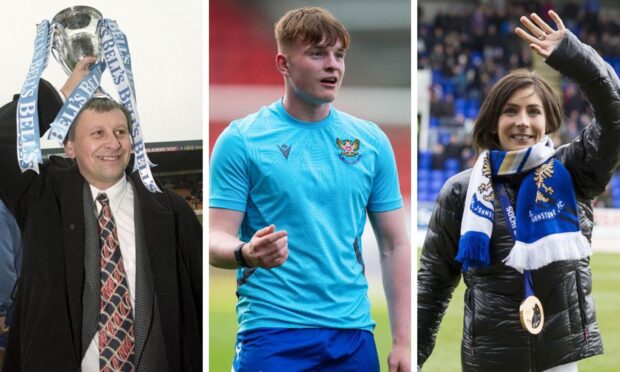
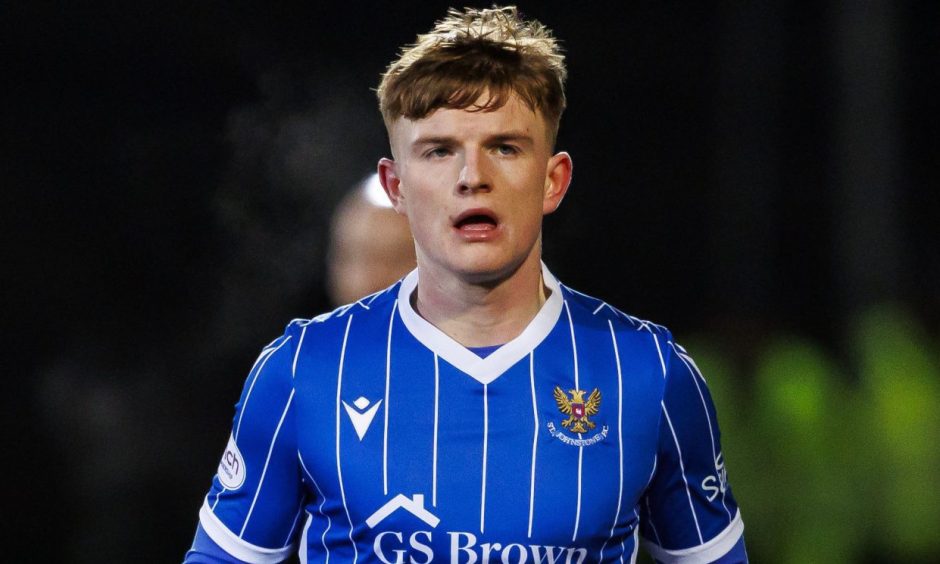
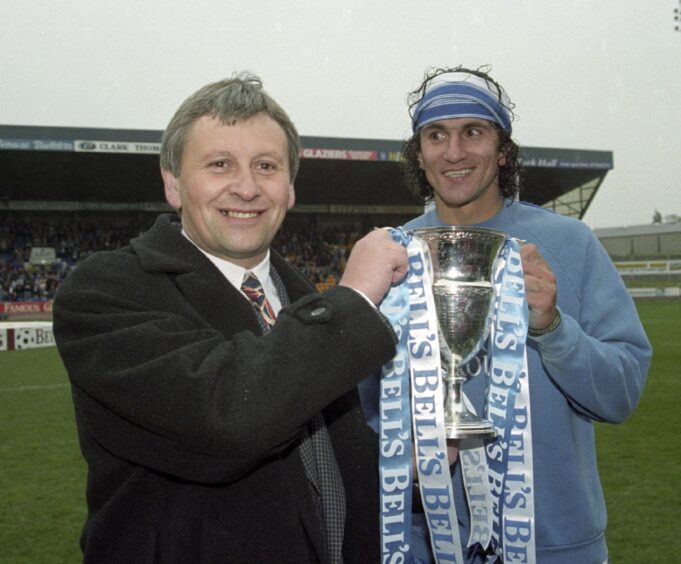
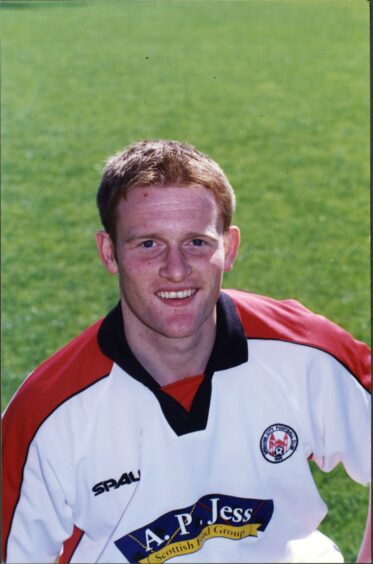
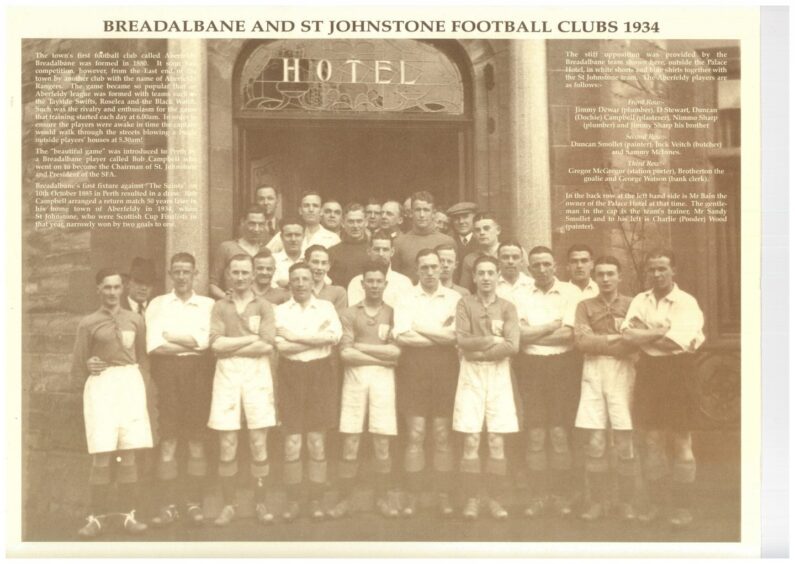
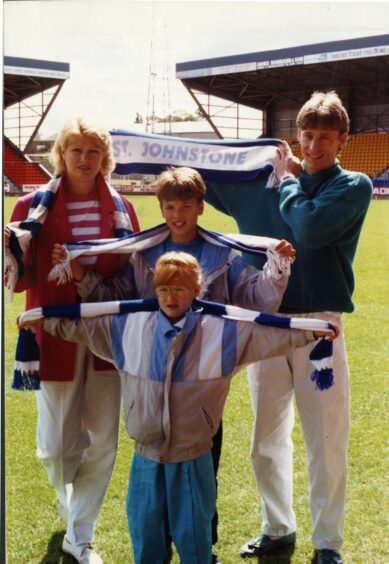

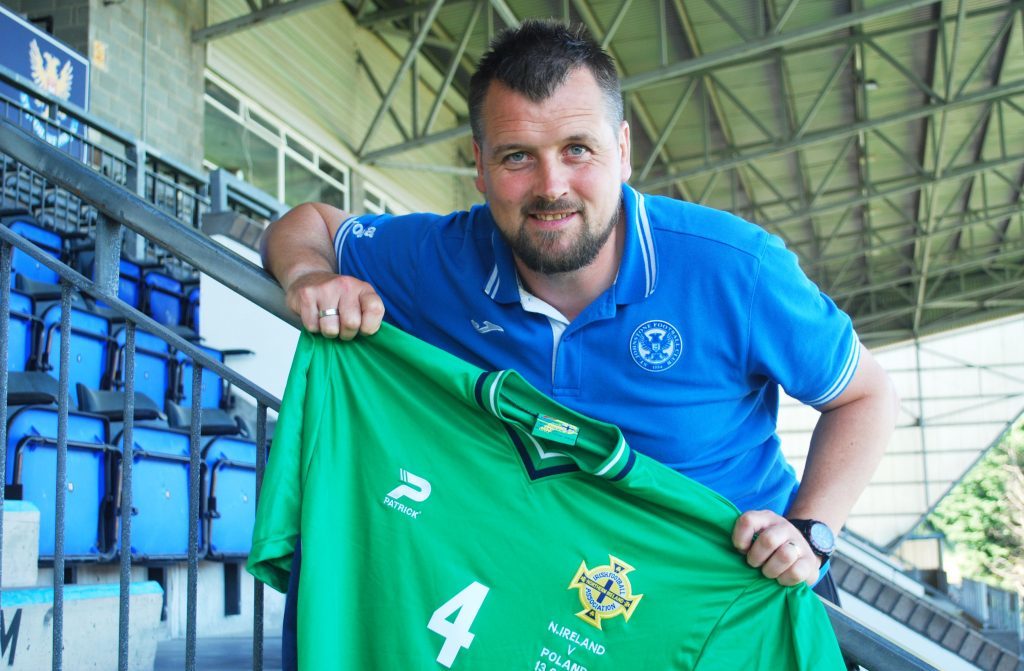
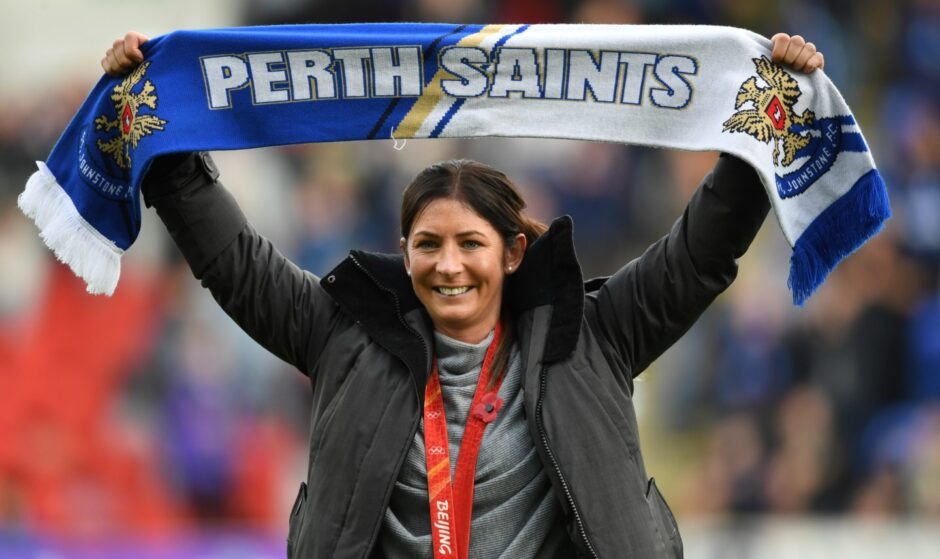
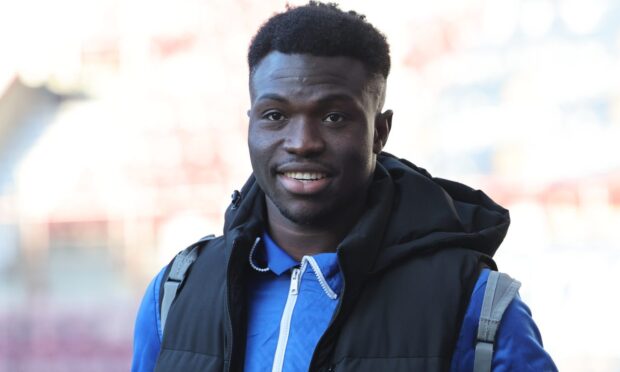
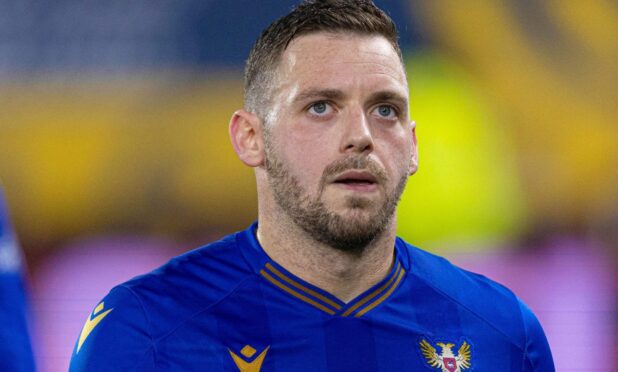
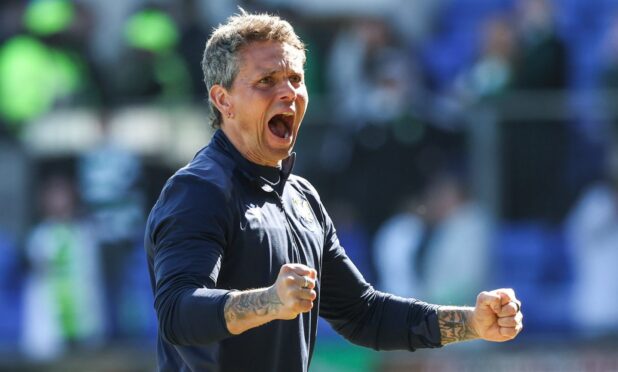
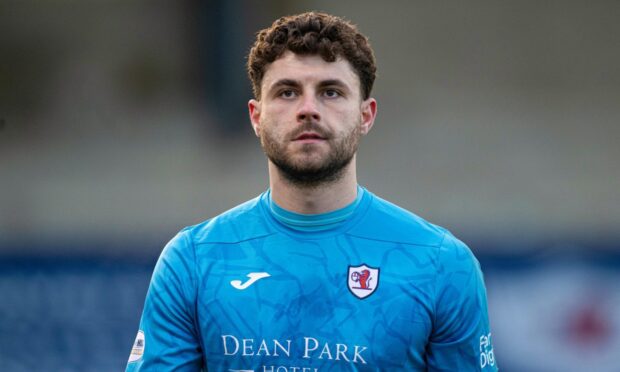
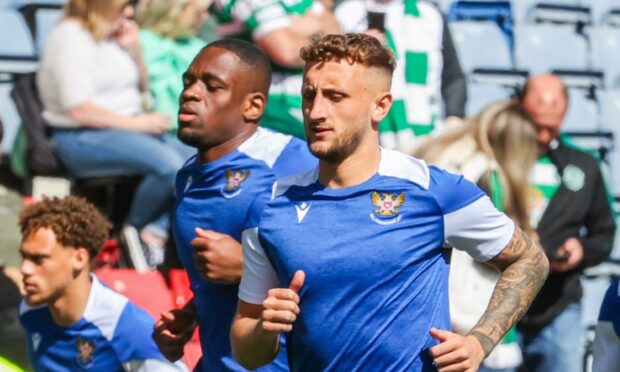
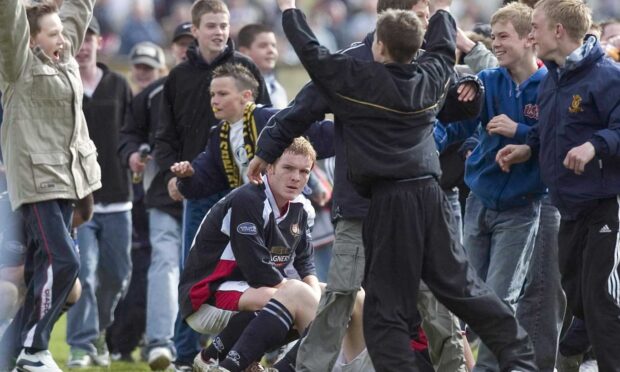
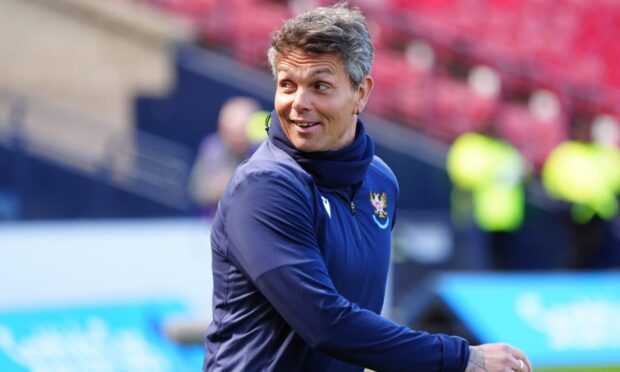
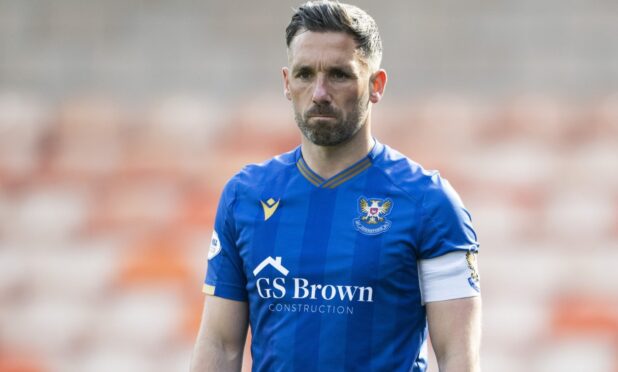
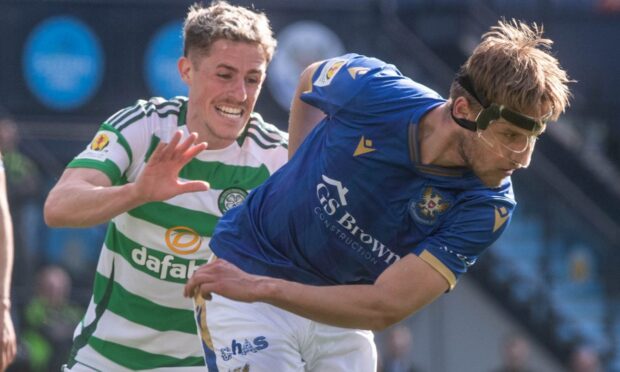
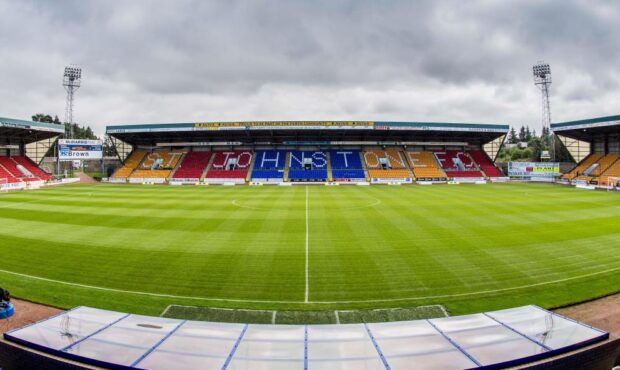
Conversation